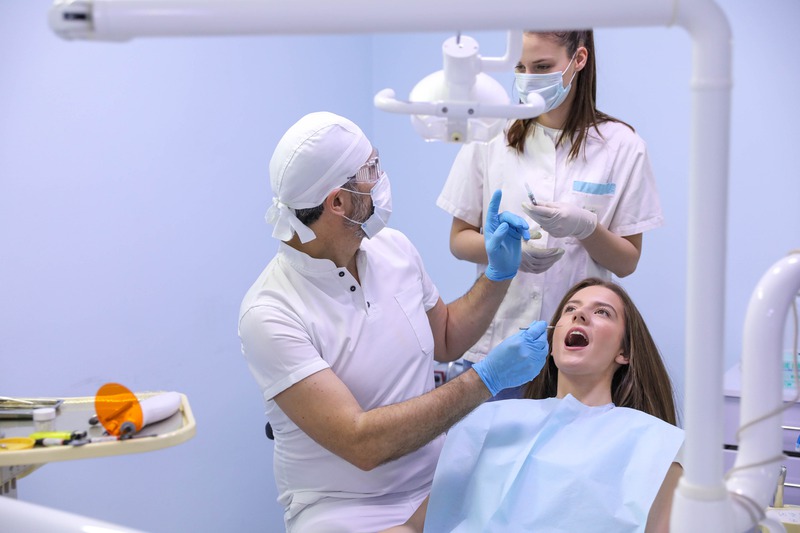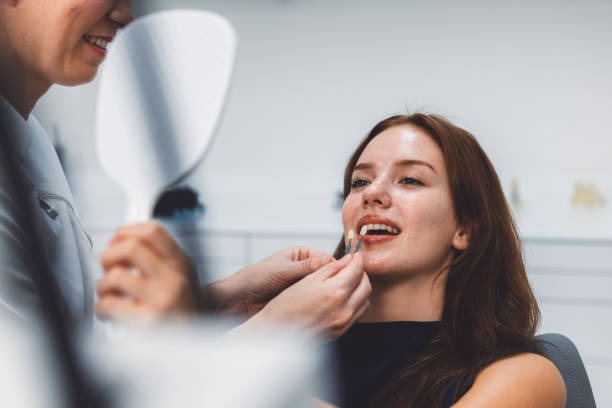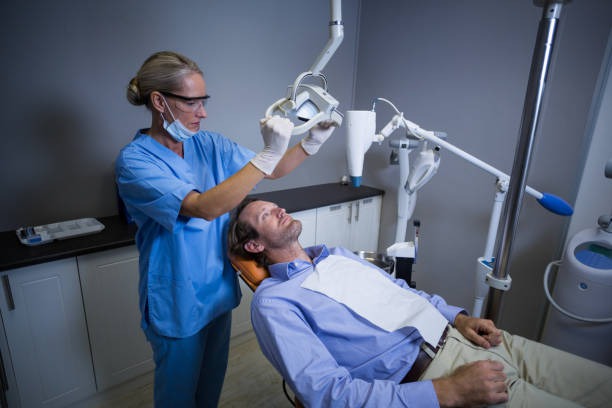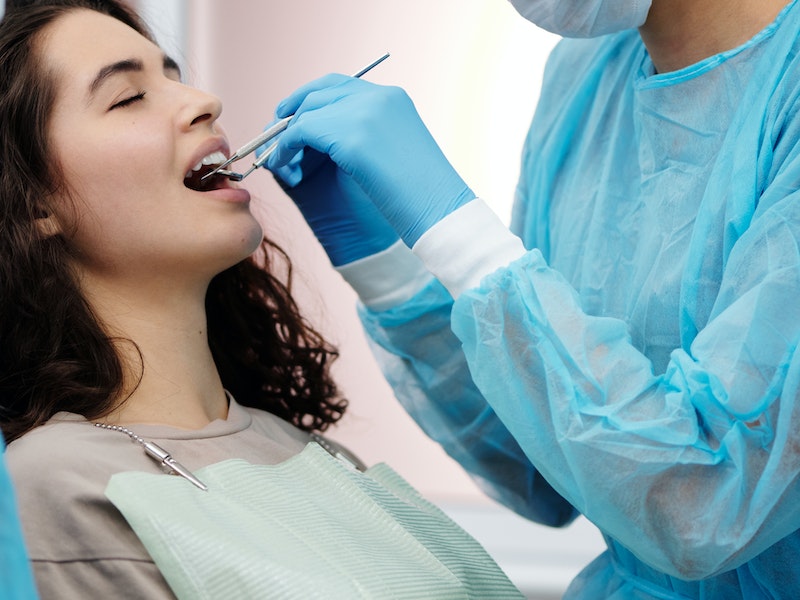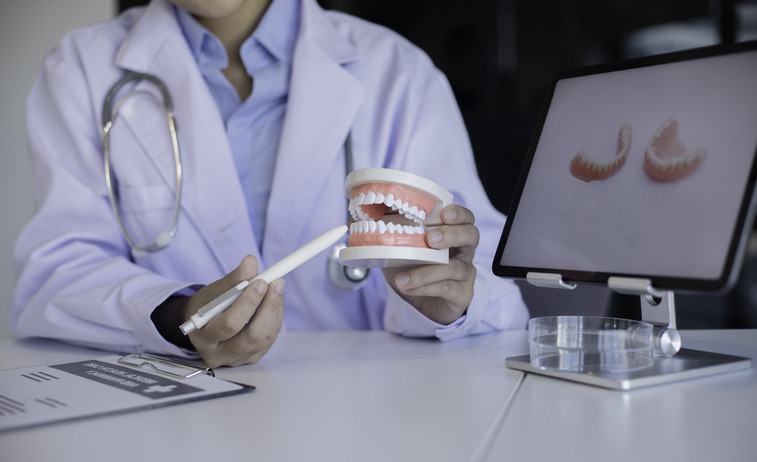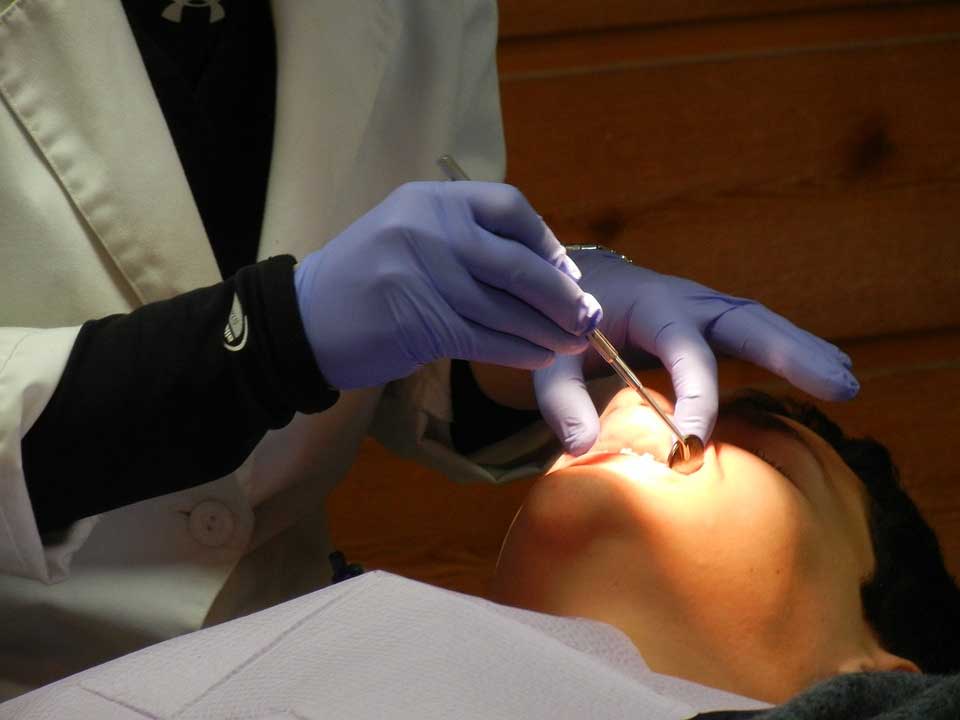
What Are the Key Differences Between Invisalign and Braces?
Deciding to straighten your teeth as an adult can be both exciting and overwhelming. With options like traditional braces and clear aligners available, it’s crucial to make an informed decision. Let’s explore the key differences between Invisalign and braces in a simple, casual conversation.
1. Appearance and Aesthetic Preferences
If aesthetics are a top priority, then clear aligners might be more attractive to you. These aligners are almost invisible when worn, allowing you to straighten your teeth discreetly. On the other hand, traditional metal braces consist of brackets and wires that are easily visible. Some may find the metal look unpleasant, while others embrace the uniqueness of metal braces.
2. Comfort and Adjustability
Comfort is a significant consideration when deciding between the two. In general, traditional braces may cause discomfort due to the metal wires and brackets, especially after initial placement or tightening appointments. Clear aligners, in contrast, are smooth and less likely to irritate your cheeks and gums. They’re custom-made to fit your mouth perfectly, reducing discomfort significantly.
3. Adjustments and Maintenance
Traditional braces require periodic adjustments by an orthodontist. These visits can sometimes be uncomfortable as wires are tightened, which can lead to temporary soreness. Clear aligners, however, shift your teeth gradually with a series of different trays that you switch out every couple of weeks. This eliminates the need for regular adjustment appointments, but you will still need occasional check-ins to monitor progress.
4. Treatment Duration
The time it takes to achieve the desired outcome varies between aligners and braces. Traditional braces generally require 18 months to 3 years to complete treatment. Meanwhile, Invisalign typically offers a shorter treatment period, often between 12-18 months, depending on the complexity of the case and how diligently the aligners are worn. Keep in mind that both timelines are estimates and vary by individual needs.
5. Eating and Diet Restrictions
Traditional braces come with several dietary restrictions. Hard or sticky foods can damage the brackets and wires, and you might need to avoid certain favorites like popcorn or chewy candies. Clear aligners, however, are removable, allowing you to enjoy all your preferred eats without restriction. Just remember to remove the aligners before a meal and clean your teeth before putting them back.
6. Oral Hygiene and Cleaning
Clear aligners have a clear edge when it comes to maintaining oral hygiene. Cleaning your teeth with braces can be challenging due to brackets and wires obstructing access to areas of your mouth. Meticulous cleaning is essential to avoid staining and tooth decay. Clear aligners can be removed for brushing and flossing, making it easier to maintain good oral hygiene throughout the treatment period.
7. Cost and Financial Considerations
The cost of aligning your teeth varies between traditional and modern methods. Conventional braces are generally less expensive initially compared to clear aligners, but keep in mind that the final expense can vary depending on the treatment duration and any additional dental work needed. Some dental insurance plans may cover a portion of the cost for both treatments. Be sure to consult your provider for specific plan details.
8. Insurance and Financing Options
Examine the financial aspects of both treatments carefully. Many dental offices offer payment plans to alleviate the financial burden of treatment costs. Additionally, confirm the coverage details with your insurance provider, as the language surrounding orthodontic coverage can be complex. Consider consulting an orthodontist in Niagara Falls to discuss potential financial solutions available in your area.
9. Suitability for Different Orthodontic Cases
While both traditional metal braces and clear aligners offer comprehensive solutions for orthodontic treatment, the choice largely depends on the complexity of your case. Metal braces are generally better suited for severe alignment or bite issues due to their ability to apply more force over time. Meanwhile, clear aligners typically handle mild to moderate cases effectively, making them a popular choice for adults. Consulting with an orthodontist for adults can help determine the most appropriate treatment for your specific needs.
10. Preference in Social Situations
Social considerations, like public speaking or photographs, can influence your choice. Clear aligners provide an advantage in social environments as they are nearly invisible. If you find yourself in a professional role or social setting frequently, you might lean towards this less conspicuous option. This consideration may especially appeal to orthodontists for adults who find themselves in professional settings often.
11. Self-Discipline and Compliance
Adhering to the treatment regimen is crucial for success with clear aligners. You must wear these aligners for 20-22 hours a day, only removing them to eat, drink, brush, or floss. For those who may forget or find it challenging to maintain the schedule, traditional braces might be a better fit because they function continuously without the need for daily removal and reinsertion.
12. Interaction with Sports and Physical Activities
If you’re actively engaged in sports or physical activities, this could influence your choice. Clear aligners are often preferable for athletes because of their removable nature, lessening the worry of injury from impact. Traditional braces, on the other hand, may require additional protective gear like a mouthguard during physical activities.
13. Considerations for Musical Instrument Players
Playing wind instruments with braces can sometimes be awkward and cause discomfort. Clear aligners provide a practical alternative since they can be removed when playing. However, this choice requires a disciplined schedule to ensure treatment progresses as intended, aligning with the personalized Invisalign treatment strategy often suggested for musicians.
Final Thoughts
In the end, choosing between clear aligners and traditional braces depends on various factors, including aesthetics, comfort, convenience, and lifestyle. Both options have unique benefits and challenges, and consulting with an experienced orthodontist will guide you toward the best choice for your particular situation.
Regardless of your chosen treatment path, the ultimate goal is achieving a healthy, aligned smile that boosts your confidence. Whether it’s through clear aligners or braces, the end result can be life-changing. Weigh the pros and cons thoroughly, consult a professional, and embark on a better smile.




